Home>Interior Design>What Color Should I Paint My Bedroom If I Have Anxiety?
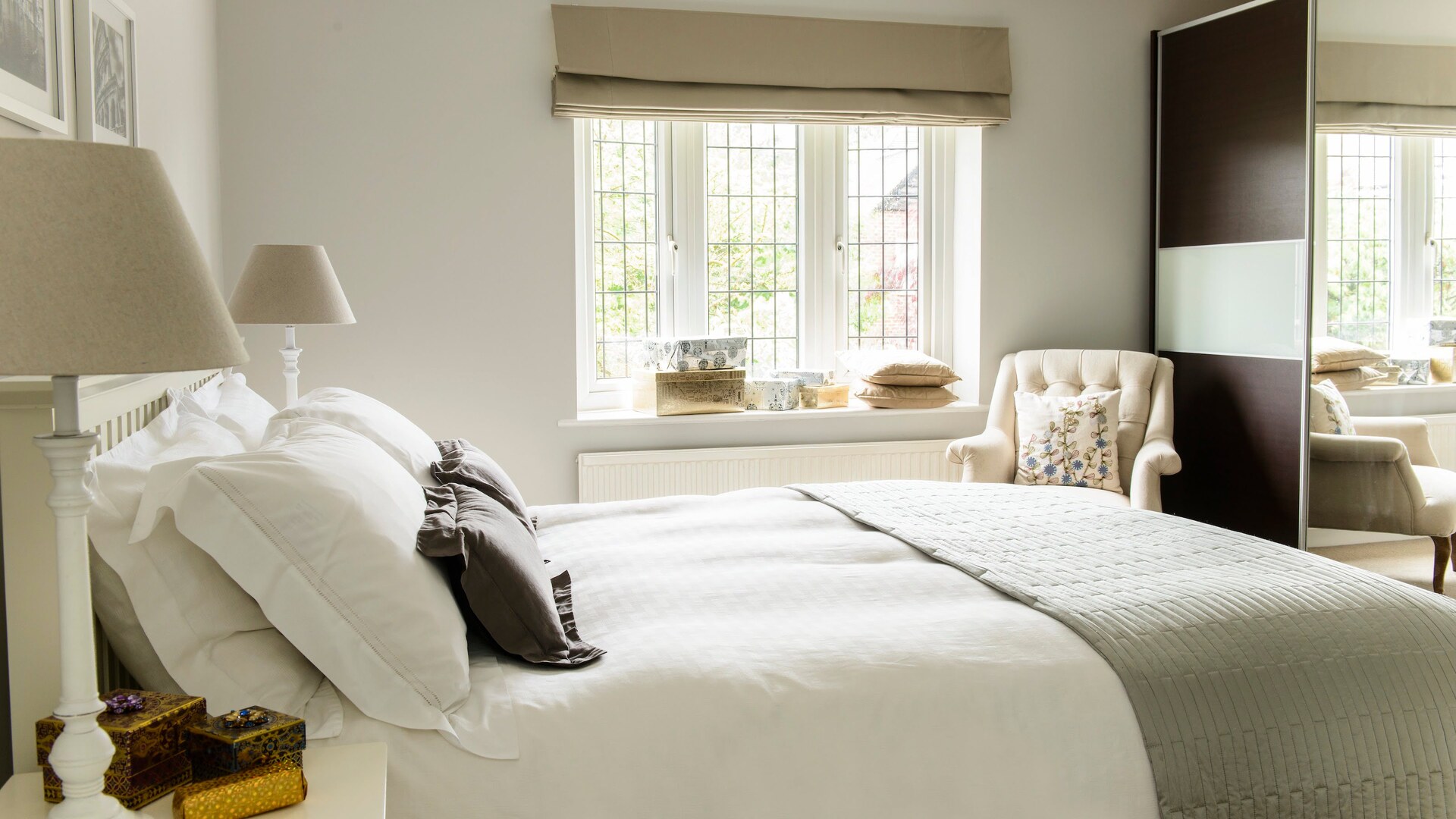

Interior Design
What Color Should I Paint My Bedroom If I Have Anxiety?
Modified: January 19, 2024
Discover the best interior design ideas for painting your bedroom to help reduce anxiety. Find out which colors are perfect for creating a calming and soothing atmosphere that promotes relaxation.
(Many of the links in this article redirect to a specific reviewed product. Your purchase of these products through affiliate links helps to generate commission for Storables.com, at no extra cost. Learn more)
Introduction
When it comes to creating a peaceful and harmonious living space, the colors we choose play a crucial role. For individuals who struggle with anxiety, finding the right color scheme for their bedroom is essential. The colors surrounding us can significantly impact our mood, emotions, and overall well-being. Therefore, selecting the appropriate color palette can contribute to creating a soothing and calming environment, which can help reduce anxiety levels and promote relaxation.
Anxiety is a common mental health condition that affects millions of people worldwide. It is characterized by feelings of unease, worry, and fear. Individuals with anxiety often experience physical symptoms such as a rapid heartbeat, shortness of breath, and restlessness.
Creating a tranquil and stress-free space in the bedroom can provide a sanctuary for individuals with anxiety, allowing them to unwind and find comfort. By carefully choosing the right colors for the bedroom walls, furniture, and accessories, it is possible to foster a sense of calm and promote relaxation.
However, it is important to note that color preferences can vary from person to person. While certain colors may have a universally calming effect, personal preferences and associations with specific colors should also be taken into account. Ultimately, the most suitable color for reducing anxiety in the bedroom will depend on individual needs and preferences. In this article, we will explore the impact of color on anxiety and provide some guidance on choosing the best color options for a calming and anxiety-reducing bedroom environment.
Key Takeaways:
- Surround yourself with calming colors like shades of blue, green, lavender, and neutral tones to create an anxiety-reducing bedroom that promotes relaxation and tranquility.
- Consider personal preferences and individual needs when choosing bedroom colors, honoring cultural background, emotional responses, and sensory sensitivities to create a personalized sanctuary for reducing anxiety.
Read more: What Color Should I Paint My Dresser
Understanding the impact of color on anxiety
Color psychology is the study of how different colors can affect our emotions, behavior, and well-being. The use of specific colors in our surroundings, such as in our homes or workplaces, can have a significant impact on our mood and mental state.
When it comes to anxiety, certain colors have been found to be more calming and soothing, while others might exacerbate feelings of stress and unease. Understanding the impact of color on anxiety can help us make informed choices in designing spaces that promote relaxation and well-being.
One of the most important elements to consider is the concept of warm and cool colors. Warm colors, such as red, orange, and yellow, tend to be more stimulating and energizing. They can increase heart rate and blood pressure, which might not be beneficial for individuals with anxiety. On the other hand, cool colors, such as blue, green, and lavender, are known for their calming and relaxing effects.
Research has shown that cool colors have the ability to slow down the nervous system, lower blood pressure, and reduce feelings of stress and anxiety. These colors create a sense of serenity, openness, and tranquility, making them ideal choices for bedrooms where rest and relaxation are paramount.
Another factor to consider is color intensity. Highly saturated and vibrant colors, such as bright red or neon yellow, can be overwhelming and stimulating. They can increase feelings of agitation and restlessness, which can be counterproductive for those dealing with anxiety. On the other hand, softer and more muted shades of colors have a more subtle and soothing effect, creating a more peaceful and calming atmosphere.
It is also worth mentioning that personal associations and experiences with colors can play a role in their impact on anxiety. Individuals may have different reactions and emotional responses to certain colors based on their unique experiences and cultural backgrounds. It is important to take these personal associations into account when selecting colors for an anxiety-reducing bedroom.
Overall, understanding the impact of color on anxiety can help us make informed decisions when it comes to designing a calming and soothing bedroom. By opting for cool, muted, and softer colors, we can create a space that promotes relaxation, reduces stress, and supports a peaceful atmosphere.
Factors to consider before choosing a color
Before selecting a color for your anxiety-reducing bedroom, there are several factors to consider to ensure that it aligns with your personal preferences and supports a calming atmosphere. These factors will help guide you in making an informed decision about the color scheme that best suits your needs.
1. Personal preference: Your personal preference in colors is an important consideration. While there are general guidelines for colors that promote relaxation and reduce anxiety, it is crucial to choose a color that resonates with you and makes you feel comfortable and at ease. Whether you prefer soft pastels or deep, rich hues, select a color that brings you joy and peace of mind.
2. Lighting: The lighting in your bedroom can greatly influence how colors appear. Natural light, artificial lighting, and the combination of both can affect the perceived intensity and undertones of colors. Consider how sunlight or different types of bulbs may alter the appearance of the color you choose. It is advisable to test the color in different lighting conditions before making a final decision.
3. Room size and layout: Take into account the size and layout of your bedroom when choosing a color. Lighter colors tend to make a space feel more spacious and airy, while darker colors can create a cozy and intimate atmosphere. If your room is small, you may want to opt for lighter shades to help make it feel more open and less constricted.
4. Color combinations: Consider how different colors can work together to create a harmonious and balanced environment. You can experiment with various color combinations, such as complementary or analogous colors, to achieve a cohesive and visually appealing space. Take into consideration the color wheel and the emotions each color evokes when planning your color scheme.
5. Longevity: Think about the long-term implications of your color choice. Will the color still be pleasing to you in the years to come? Consider the durability of the color and how well it will stand the test of time. Avoid trendy or bold colors that may lose their appeal quickly, and opt for timeless and classic shades that can provide a sense of timeless calmness.
6. Resale value: If you plan to sell your home in the future, keep in mind that potential buyers may have different preferences when it comes to colors. Choose a color that is neutral and widely appealing to ensure it doesn’t become a potential drawback if you decide to put your home on the market.
By considering these factors, you can make a well-informed decision when choosing a color for your anxiety-reducing bedroom. Remember, your bedroom is your sanctuary, and the color you choose should reflect your personality, preferences, and desired atmosphere for relaxation and tranquility.
Best color options for calming and reducing anxiety
When it comes to selecting colors for a calming and anxiety-reducing bedroom, there are several shades that have been proven to promote relaxation and tranquility. These colors have a soothing effect on the mind and body, helping to reduce stress and anxiety levels.
1. Shades of blue: Blue is often associated with serenity and calmness, making it an excellent choice for anxiety reduction in the bedroom. Light shades of blue, such as sky blue or baby blue, can create a peaceful and tranquil atmosphere. Deep shades of blue, like navy or midnight blue, can foster a sense of security and coziness.
2. Shades of green: Green is the color of nature and symbolizes harmony and renewal. Shades of green, such as sage, mint, or pastel green, can create a serene and soothing environment. This color is particularly beneficial for individuals who find solace in being in nature and want to bring elements of the outdoors into their bedroom.
3. Shades of lavender: Lavender has long been associated with relaxation and stress relief. This gentle shade of purple has calming properties that can help promote a peaceful atmosphere. Lavender can help reduce anxiety levels and improve sleep quality, making it an ideal choice for those seeking a tranquil bedroom environment.
4. Neutral tones: Neutral colors, such as beige, taupe, or light gray, can create a sense of harmony and balance in the bedroom. These colors are versatile and can be easily complemented with other soft shades or pops of color. Neutral tones provide a soothing backdrop, allowing other elements in the room to stand out while promoting a calm and serene atmosphere.
5. Soft pinks: Soft pink is a color often associated with comfort and relaxation. It has a gentle and nurturing quality that can create a soothing ambiance in the bedroom. Soft pink can help promote feelings of tranquility and serenity, making it a popular choice for those looking to reduce anxiety and create a peaceful sleep environment.
6. Earth tones: Earthy colors, such as warm shades of brown or sandy beige, evoke a sense of grounding and stability. These colors can create a peaceful and calming atmosphere in the bedroom, reminiscent of nature’s serenity. Earth tones can help create a cozy and comforting space, ideal for reducing anxiety and promoting relaxation.
When choosing the best color options for calming and reducing anxiety, it is important to consider personal preferences and the overall ambiance you desire to create. Experiment with different shades and combinations to find the colors that resonate with you and bring a sense of peace and tranquility to your bedroom.
Shades of blue: Creating a serene and peaceful atmosphere
Blue is a color often associated with calmness, tranquility, and relaxation. It has a soothing effect on the mind and body, making it an excellent choice for creating a serene and peaceful atmosphere in your bedroom, especially if you’re looking to reduce anxiety.
There are various shades of blue that you can consider, each with its own unique qualities and impact on the overall ambiance of the room:
1. Sky blue: Light and airy, sky blue evokes a sense of openness and spaciousness. It can create a serene and tranquil atmosphere in the bedroom, reminiscent of a clear blue sky on a sunny day. Sky blue is especially beneficial for individuals who prefer lighter colors and want to create an uplifting and calming space.
2. Baby blue: Soft and delicate, baby blue is a gentle hue that can bring a sense of innocence and serenity to your bedroom. It creates a peaceful and soothing environment, perfect for unwinding and promoting relaxation. Baby blue is often associated with a nurturing and comforting atmosphere, making it a popular choice for calming anxious minds.
3. Navy blue: Deep and rich, navy blue has a grounding and sophisticated quality. It creates a cozy and intimate ambiance in your bedroom, perfect for creating a sense of security and a peaceful environment. Navy blue can help promote a restful sleep and reduce feelings of anxiety and restlessness.
4. Powder blue: Soft and powdery, this shade of blue is reminiscent of a delicate flower petal. It creates a light and serene atmosphere, enhancing the feeling of tranquility in your bedroom. Powder blue can evoke a sense of calmness and relaxation, helping to alleviate stress and anxiety.
5. Tiffany blue: A pale and elegant shade of blue, often associated with luxury and sophistication. Tiffany blue can create a sense of tranquility and evoke a feeling of indulgence. This color adds a touch of glamour and elegance to your bedroom while fostering a serene and peaceful atmosphere.
When incorporating shades of blue into your bedroom, consider using them on the walls, bedding, or accessories. You can create various effects by combining different shades of blue or layering them with neutral tones.
It is worth noting that while blue is generally considered a calming color, personal preferences and associations with the color may differ. Some individuals may find certain shades of blue too cold or melancholic. Therefore, it is essential to choose a shade that resonates with you and creates the desired atmosphere of peace and tranquility in your bedroom.
Ultimately, by incorporating shades of blue into your bedroom, you can create a serene and peaceful atmosphere that contributes to reducing anxiety and promoting relaxation. Let the calming qualities of blue envelop you as you unwind and find solace in your personal sanctuary.
Read more: What Color Should I Paint My Front Porch
Shades of green: Bringing the tranquility of nature indoors
Green is a color often associated with nature, harmony, and renewal. It has a soothing and calming effect on our psyche, making it an ideal choice for creating a tranquil and relaxing atmosphere in your bedroom. Incorporating shades of green can help reduce anxiety and bring the serenity of nature indoors.
Here are some shades of green to consider when designing your anxiety-reducing bedroom:
1. Sage green: Sage green is a soft and muted shade that evokes a sense of tranquility and balance. This earthy hue creates a calming and soothing atmosphere in your bedroom, reminiscent of lush green gardens. Sage green promotes a sense of serenity and can help create a peaceful environment for rest and rejuvenation.
2. Mint green: Mint green is a fresh and invigorating shade that brings a sense of coolness and relaxation to your bedroom. This light and airy hue can create a refreshing and soothing atmosphere, promoting a sense of calm and tranquility. Mint green is especially beneficial for individuals who prefer softer, pastel tones that foster an environment of serenity.
3. Olive green: Olive green is a versatile and comforting shade that can add warmth and depth to your bedroom. This earthy hue invokes a feeling of grounding and stability, fostering a sense of peace and tranquility. Olive green can create a cozy and inviting atmosphere, perfect for unwinding and reducing anxiety.
4. Forest green: Deep and rich, forest green brings the serenity of the outdoors into your bedroom. This lush hue creates a sense of calmness and connection with nature, offering a space for relaxation and rejuvenation. Forest green can evoke a feeling of peace and balance, enhancing the overall tranquility of your bedroom.
5. Pastel green: Soft and delicate, pastel green exudes a sense of freshness and serenity. This gentle hue creates a peaceful and soothing environment, perfect for unwinding and reducing anxiety. Pastel green promotes a sense of calmness and relaxation, allowing you to create a tranquil sanctuary within your bedroom.
When incorporating shades of green into your bedroom, consider using them on the walls, bedding, or in natural elements such as potted plants. Green can also be paired with other soothing colors, such as soft blues or neutral tones, to create a harmonious and calming environment.
By bringing shades of green into your bedroom, you can create a tranquil oasis that promotes relaxation and reduces anxiety. Allow the tranquility of nature to envelop you, as you find solace and peace within the soothing embrace of green.
Consider painting your bedroom a calming color like light blue, lavender, or sage green. These colors can help create a soothing and relaxing environment, which may help reduce anxiety.
Shades of lavender: Promoting relaxation and stress relief
Lavender is a color often associated with relaxation, tranquility, and stress relief. Derived from the beautiful lavender flowers, this soothing hue has been used for centuries to promote a sense of calmness and well-being. Incorporating shades of lavender into your bedroom can create a peaceful and serene atmosphere, perfect for reducing anxiety and promoting relaxation.
Here are some shades of lavender to consider when creating your anxiety-reducing bedroom:
1. Light lavender: Light lavender is a delicate and soft shade that brings a sense of serenity and tranquility to your bedroom. This pale hue creates a calming ambience, allowing you to unwind and relax after a long day. Light lavender promotes a peaceful environment, helping to reduce stress and anxiety.
2. Lilac: Lilac is a slightly deeper shade of lavender, with hints of purple. This elegant hue brings a touch of sophistication to your bedroom while maintaining a sense of tranquility. Lilac promotes relaxation and can create a soothing atmosphere conducive to restful sleep and stress relief.
3. Mauve: Mauve is a muted and muted shade of lavender that exudes a sense of subtlety and calmness. This subdued hue creates a tranquil and soothing environment, perfect for unwinding and reducing anxiety. Mauve promotes relaxation and can help create a peaceful atmosphere for restful sleep.
4. Lavender gray: Lavender gray is a unique combination of lavender and gray, resulting in a muted and neutral hue. This sophisticated shade creates a serene and calming environment in your bedroom. Lavender gray evokes a sense of tranquility and can help alleviate stress and anxiety, providing a tranquil sanctuary for relaxation.
5. Dusty purple: Dusty purple is a deeper shade of lavender, with a touch of gray. This rich hue creates a sense of depth and warmth in your bedroom while still providing a calming effect. Dusty purple promotes relaxation and can help reduce stress, allowing you to create a peaceful and serene atmosphere in your sleeping space.
When incorporating shades of lavender into your bedroom, consider using them on the walls, bedding, or in accessories such as pillows or curtains. Lavender can be combined with neutral tones or other complementary shades to create a harmonious and balanced color palette.
By introducing shades of lavender into your bedroom, you can create a tranquil and serene space that promotes relaxation and stress relief. Allow the soothing properties of lavender to envelop you, as you find solace and tranquility within the calming embrace of this beautiful color.
Neutral tones: Creating a soothing and balanced environment
Neutral tones are versatile and timeless, making them an excellent choice for creating a soothing and balanced environment in your bedroom. These subtle hues create a calm backdrop that promotes relaxation and creates a serene atmosphere. Incorporating neutral tones into your bedroom can help reduce anxiety and create a harmonious space.
Here are some popular neutral tones to consider when designing your anxiety-reducing bedroom:
1. Beige: Beige is a warm and inviting neutral tone that brings a sense of tranquility to your bedroom. It creates a cozy and comforting environment, perfect for unwinding and reducing stress. Beige can also evoke a feeling of warmth and serenity, promoting a sense of relaxation and peace.
2. Taupe: Taupe is a versatile neutral tone that falls between gray and brown. It has a calming and grounding effect on the room, creating a serene and balanced atmosphere. Taupe promotes relaxation and can help alleviate anxiety, fostering a peaceful environment that supports restful sleep.
3. Light gray: Light gray is a soothing and understated neutral tone that creates a sense of calmness and simplicity in your bedroom. It has a timeless quality, allowing other elements in the room to take center stage. Light gray promotes a tranquil atmosphere, reducing distractions and promoting a restful sleep environment.
4. Ivory: Ivory is a delicate and pure neutral tone that brings a sense of elegance and serenity to your bedroom. It creates a peaceful oasis, allowing you to unwind and find comfort. Ivory promotes a soothing and balanced environment, perfect for reducing stress and anxiety.
5. Cream: Cream is a soft and creamy neutral tone that creates a relaxed and gentle atmosphere in your bedroom. It brings a sense of warmth and tranquility to the space, allowing you to create a soothing sanctuary for rest and rejuvenation. Cream promotes relaxation and can contribute to reducing anxiety.
When incorporating neutral tones into your bedroom, consider using them on the walls, bedding, or as a base for your furniture and accessories. Neutral tones can be complemented with pops of color or different textures to create visual interest while maintaining a serene ambiance.
By incorporating neutral tones into your bedroom, you can create a soothing and balanced environment that encourages relaxation and reduces anxiety. Allow the tranquility of neutral hues to envelop you as you unwind and find solace within the serene embrace of your bedroom.
Avoiding colors that may increase anxiety levels
When designing an anxiety-reducing bedroom, it is crucial to consider the impact of colors on our emotions and mental state. While certain colors have a soothing and calming effect, others can potentially increase anxiety levels. By avoiding these colors, we can create a space that promotes relaxation and a sense of tranquility. Here are some colors to avoid when designing your anxiety-reducing bedroom:
1. Vibrant red: Vibrant, bold shades of red can be energizing and stimulating. However, in a bedroom where rest and relaxation are the primary goals, such high-intensity colors can evoke feelings of restlessness and increase anxiety levels. It is best to avoid using vibrant red as the main color in your bedroom, especially on walls or as the dominant color in furniture and accessories.
2. Bright orange: Like red, bright orange is a highly stimulating color that can increase energy and excitement. While this color can be vibrant and fun in other areas of the home, it is not ideal for an anxiety-reducing bedroom. It is better to choose softer, more calming shades of orange, such as peach or coral, if you still wish to incorporate this color into your bedroom décor.
3. Bold yellow: Bright and bold shades of yellow, such as lemon yellow, can be too stimulating for a relaxing bedroom environment. Yellow is an energetic and attention-grabbing color that can increase mental activity and even cause feelings of agitation. Opt for softer shades of yellow, such as pastel or muted yellow, if you want to incorporate this cheerful color in your bedroom.
4. Electric blue: While lighter shades of blue are known for their calming effects, electric or intense shades of blue can have the opposite impact. Electric blue can be too energizing and may not create the serene and peaceful atmosphere needed to reduce anxiety. Stick to softer shades of blue for a more soothing ambiance.
5. Neon green: Neon green is an intense and vibrant color that can be overwhelming in a bedroom setting. This bright color can create a sense of agitation and restlessness, which is counterproductive when trying to reduce anxiety. Instead, consider using softer shades of green that evoke a connection with nature and promote a sense of calmness.
While it is important to avoid these colors as the main focus in your bedroom, you can still incorporate small accents or pops of these colors in moderation. However, it is always best to prioritize calming and soothing colors that create a peaceful environment and aid in anxiety reduction.
By avoiding colors that may increase anxiety levels, you can create a restorative and calming space that promotes relaxation and tranquility. Opt for colors known for their calming effects and work towards creating a bedroom environment that supports your well-being and mental health.
Personal preferences and individual needs
When it comes to designing an anxiety-reducing bedroom, it is important to consider personal preferences and individual needs. While certain colors and color combinations are known to promote relaxation and tranquility, it is essential to select colors that resonate with you on a personal level. Everyone has unique preferences, associations, and emotional responses to different colors, and it is crucial to honor and prioritize those individual preferences in creating a space that truly supports your well-being.
Here are some factors to consider when it comes to personal preferences in color selection:
1. Cultural background: Colors can have cultural significance and meaning. Your cultural background or heritage may influence your personal associations and preferences for certain colors. It is important to choose colors that align with your cultural background and bring a sense of comfort and familiarity.
2. Mood and emotional response: Colors can evoke different emotions and moods. Pay attention to how different colors make you feel. For example, some individuals may find warm earthy tones like brown and beige to be comforting and grounding, while others may resonate more with cool and calming shades like blue or green. Choose colors that elicit positive emotions and create a mood of relaxation and tranquility for you personally.
3. Personal experiences: Your personal experiences and memories may influence your preference for certain colors. For example, if you have positive memories associated with spending time by the ocean, you may be drawn to shades of blue to create a sense of calmness and serenity in your bedroom. Consider colors that bring back positive memories or create a sense of connection to experiences that promote relaxation for you.
4. Accessibility: Consider the accessibility and availability of colors that align with your preferences. Some colors may be easier to find in home decor stores or may need to be custom-mixed, which can impact your color selection. It is important to strike a balance between your preferences and practicality.
In addition to personal preferences, individual needs should also be taken into account when designing an anxiety-reducing bedroom. Consider factors such as:
1. Sensory sensitivities: Some individuals may have sensory sensitivities to certain colors or color combinations. Bright or intense colors, as well as busy patterns, may be overwhelming and increase anxiety levels. Pay attention to how different colors make you feel and choose those that create a soothing and calming sensory experience.
2. Sleep quality: Consider how color choices in your bedroom can impact sleep quality. Cool and calming colors are generally more conducive to a restful sleep environment. If you have trouble with sleep, opt for colors known to promote relaxation and consider adjusting the lighting in your bedroom accordingly.
3. Health conditions: Individuals with specific health conditions may have unique needs when it comes to color selection. For example, individuals with migraines or light sensitivity may need to avoid bright or intense colors that can trigger headaches or discomfort.
Remember, the ultimate goal of designing an anxiety-reducing bedroom is to create a space that aligns with your personal preferences and meets your individual needs. By considering your unique experiences, emotions, and requirements, you can create a personalized sanctuary that promotes calmness, relaxation, and overall well-being.
Conclusion
Designing an anxiety-reducing bedroom involves thoughtful consideration and a deep understanding of how colors can affect our emotions and overall well-being. The colors we choose can significantly impact our mood, create a peaceful atmosphere, and promote relaxation. By selecting the right colors for your bedroom, you can create a sanctuary that supports your mental health and reduces anxiety.
Throughout this article, we have explored the impact of color on anxiety and provided guidance on choosing the best color options for creating a calming and anxiety-reducing environment. Shades of blue, such as sky blue and navy blue, can evoke serenity and peacefulness. Shades of green, including sage green and mint green, bring the tranquility of nature indoors. Shades of lavender, such as light lavender and lilac, promote relaxation and stress relief. Neutral tones, including beige and taupe, create a soothing and balanced environment.
In addition, we discussed the importance of avoiding colors that can increase anxiety levels, such as vibrant red and bright orange. We emphasized the significance of considering personal preferences and individual needs in selecting colors, honoring cultural background, mood and emotional response, and personal experiences. We also highlighted the importance of considering factors such as sensory sensitivities, sleep quality, and specific health conditions when designing an anxiety-reducing bedroom.
In conclusion, the colors we surround ourselves with in our bedroom have a powerful impact on our mental state and overall well-being. By intentionally selecting colors that promote relaxation and reduce anxiety, we can transform our bedroom into a haven of tranquility and peace. However, it is essential to recognize that personal preferences and individual needs play a crucial role in choosing the right colors for your space.
Creating an anxiety-reducing bedroom is an investment in your mental health and self-care. Take the time to explore different color options, experiment with combinations, and trust your intuition. Design a space that resonates with you and creates the atmosphere of peace and serenity you desire. By doing so, you will create a sanctuary where you can unwind, find solace, and recharge in the midst of life’s challenges.
Frequently Asked Questions about What Color Should I Paint My Bedroom If I Have Anxiety?
Was this page helpful?
At Storables.com, we guarantee accurate and reliable information. Our content, validated by Expert Board Contributors, is crafted following stringent Editorial Policies. We're committed to providing you with well-researched, expert-backed insights for all your informational needs.
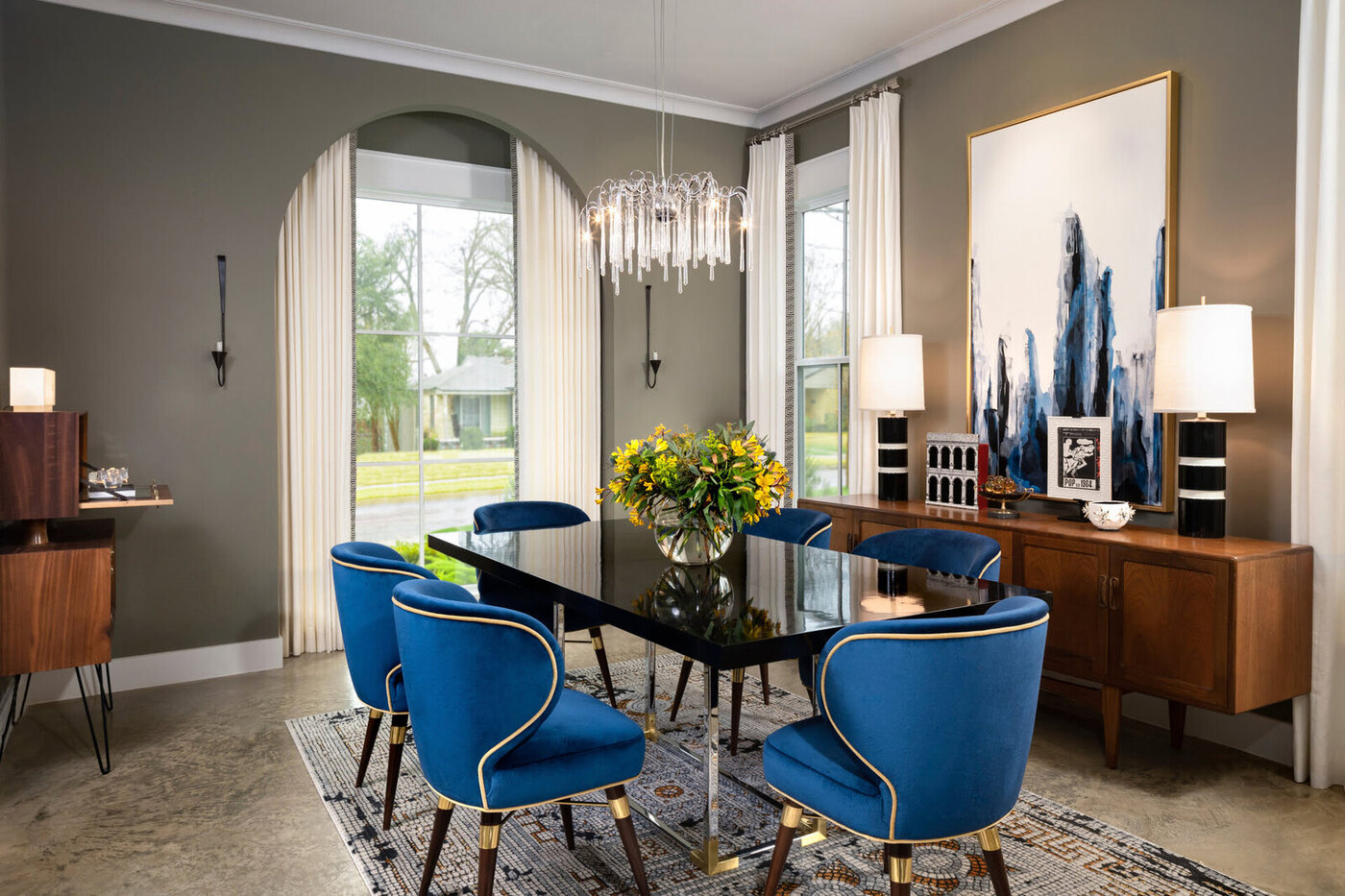
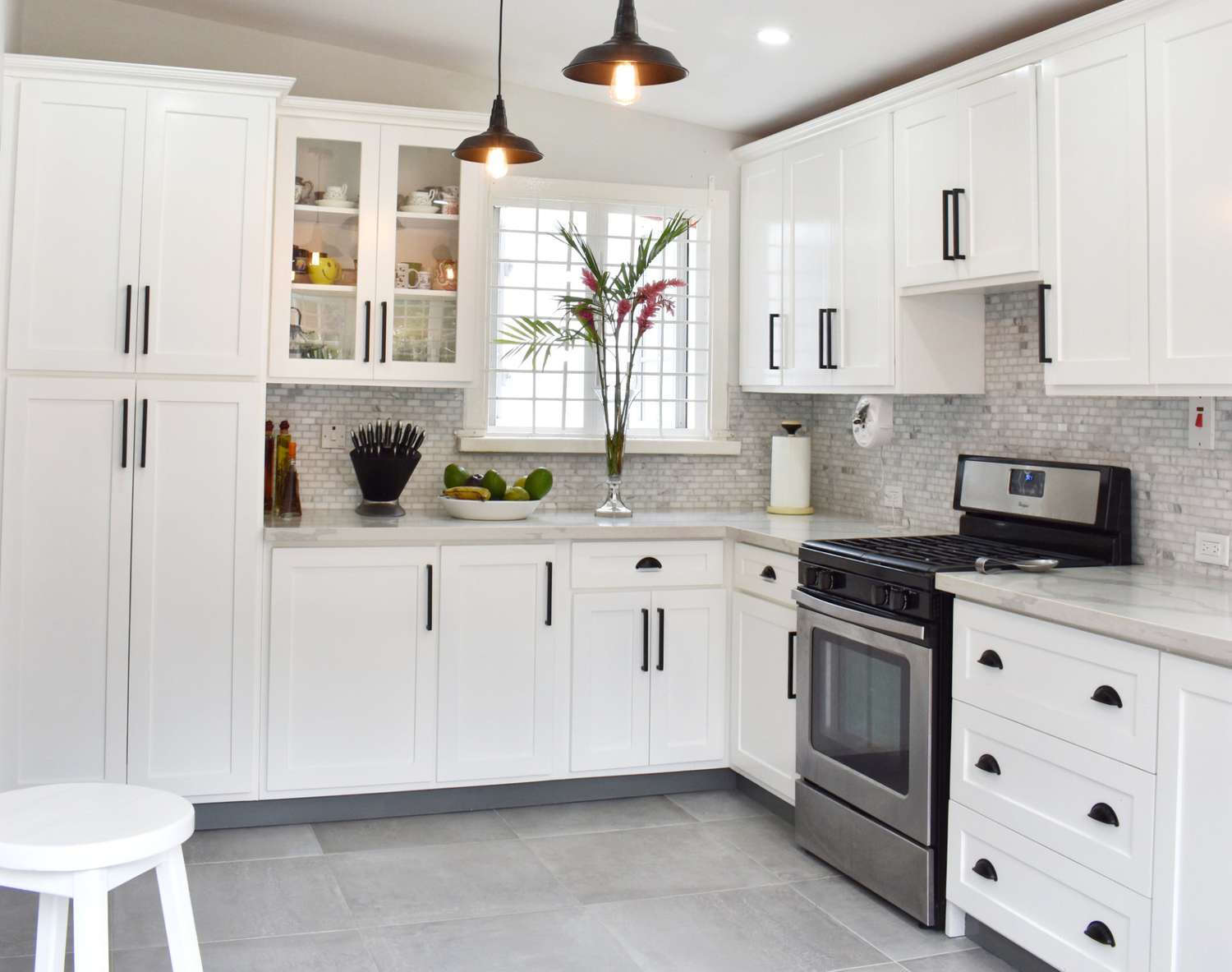
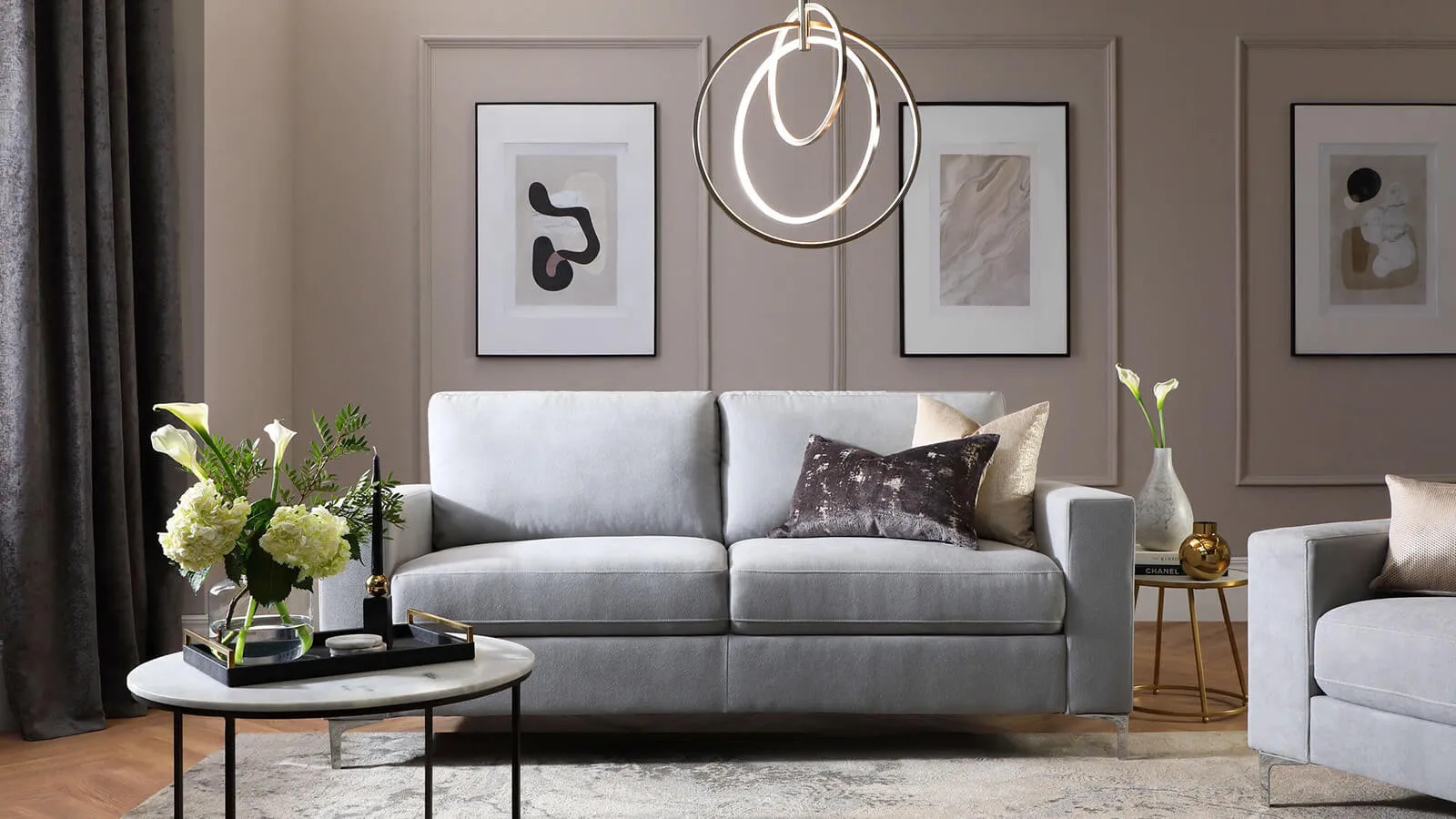
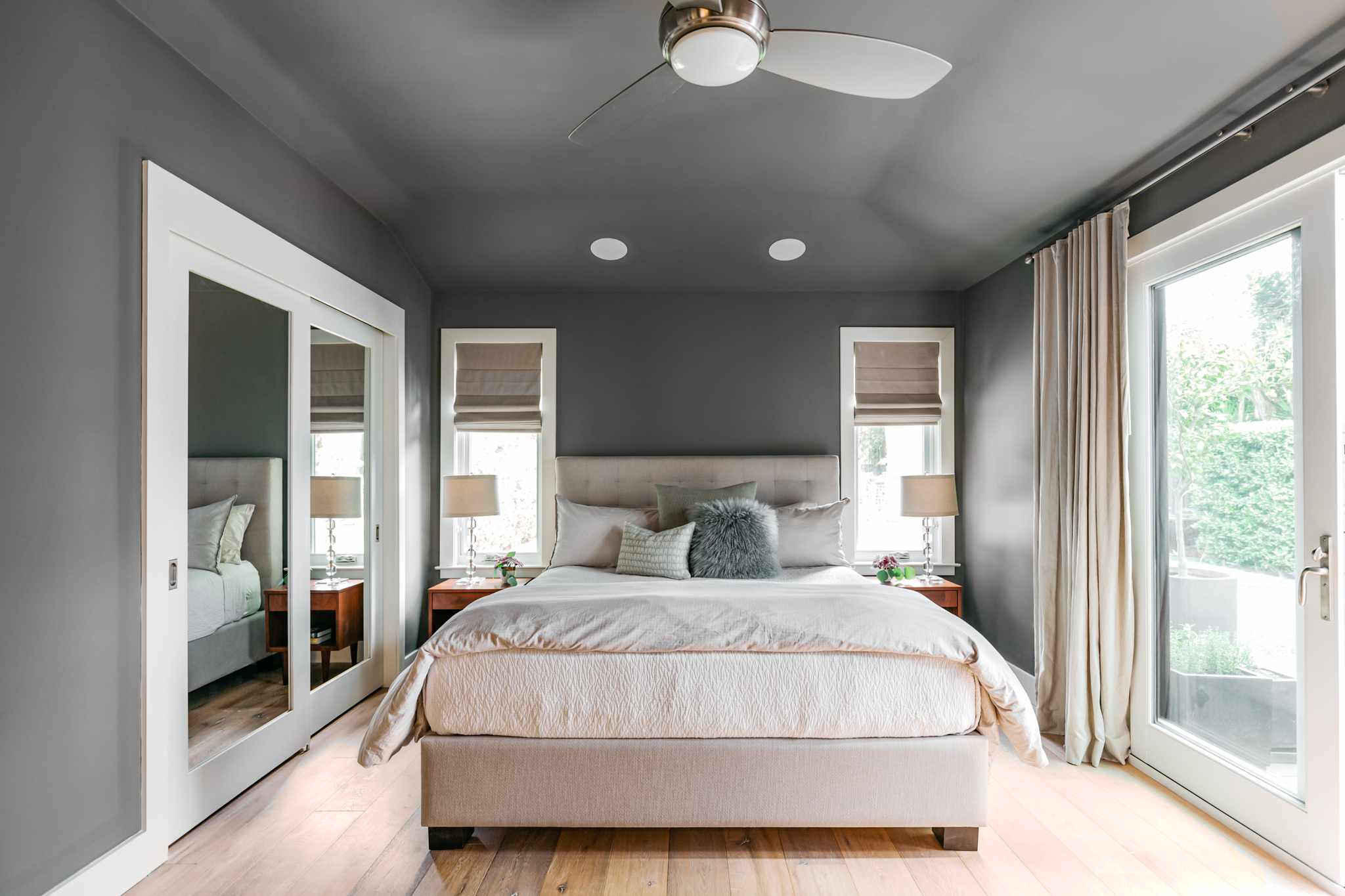
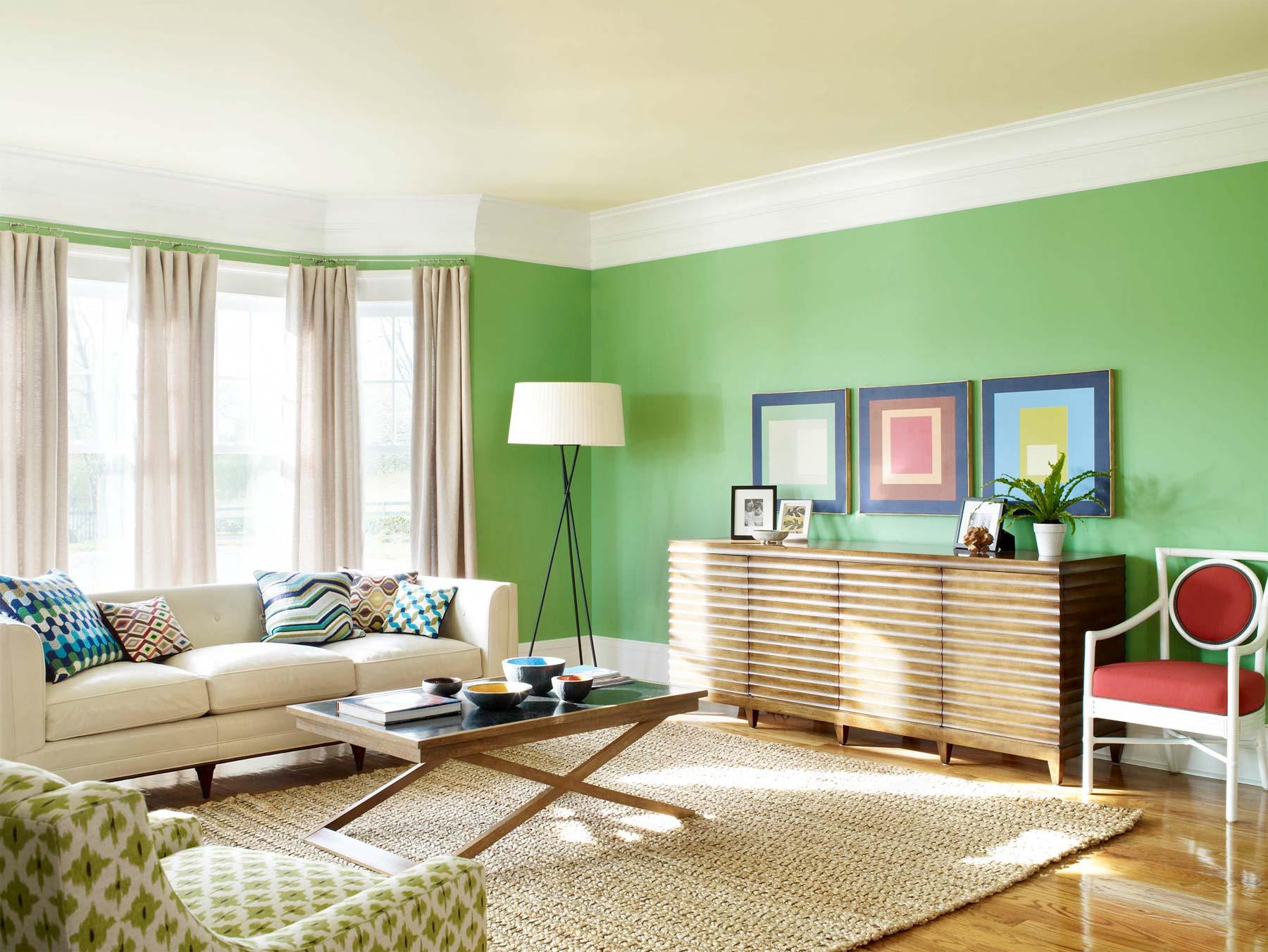
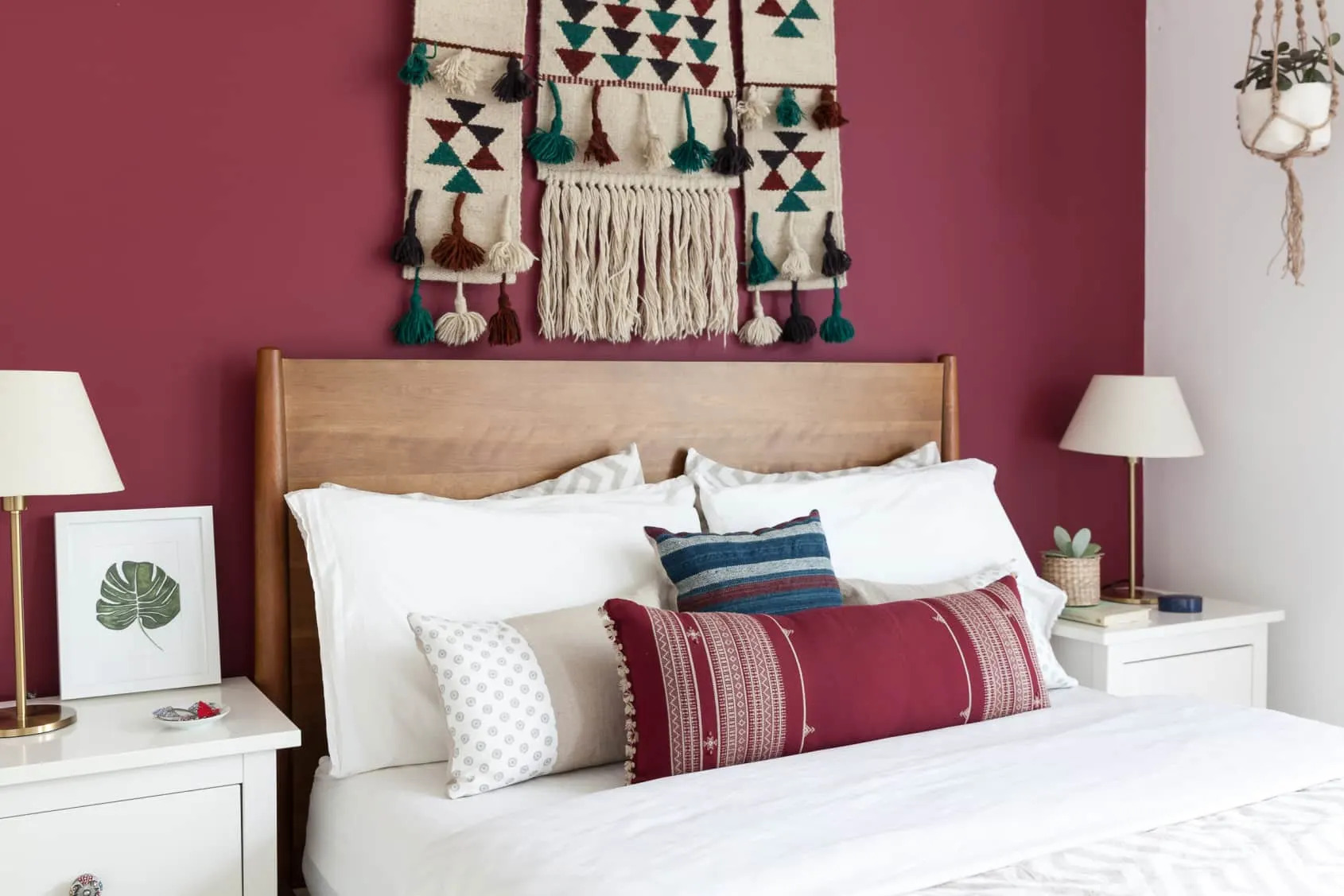
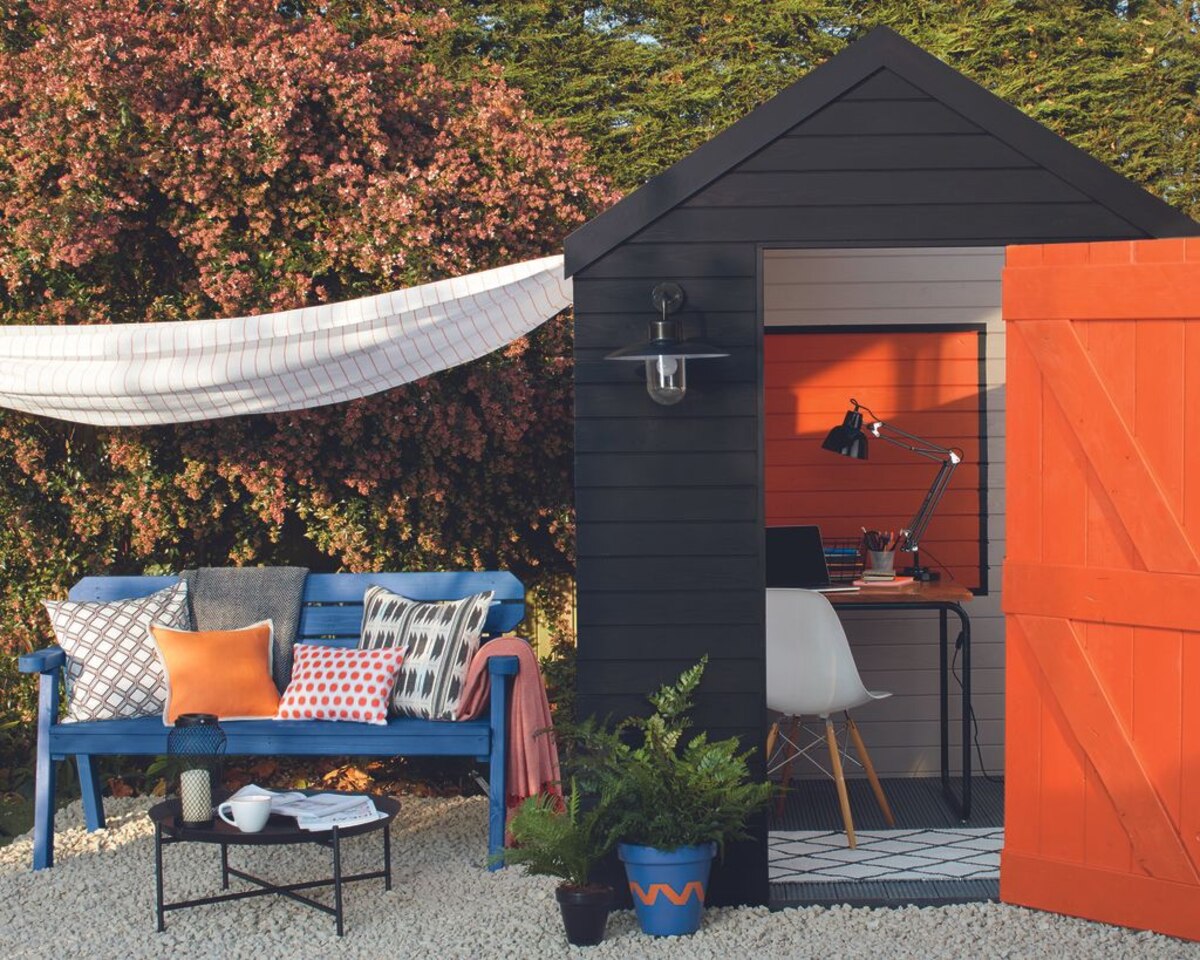
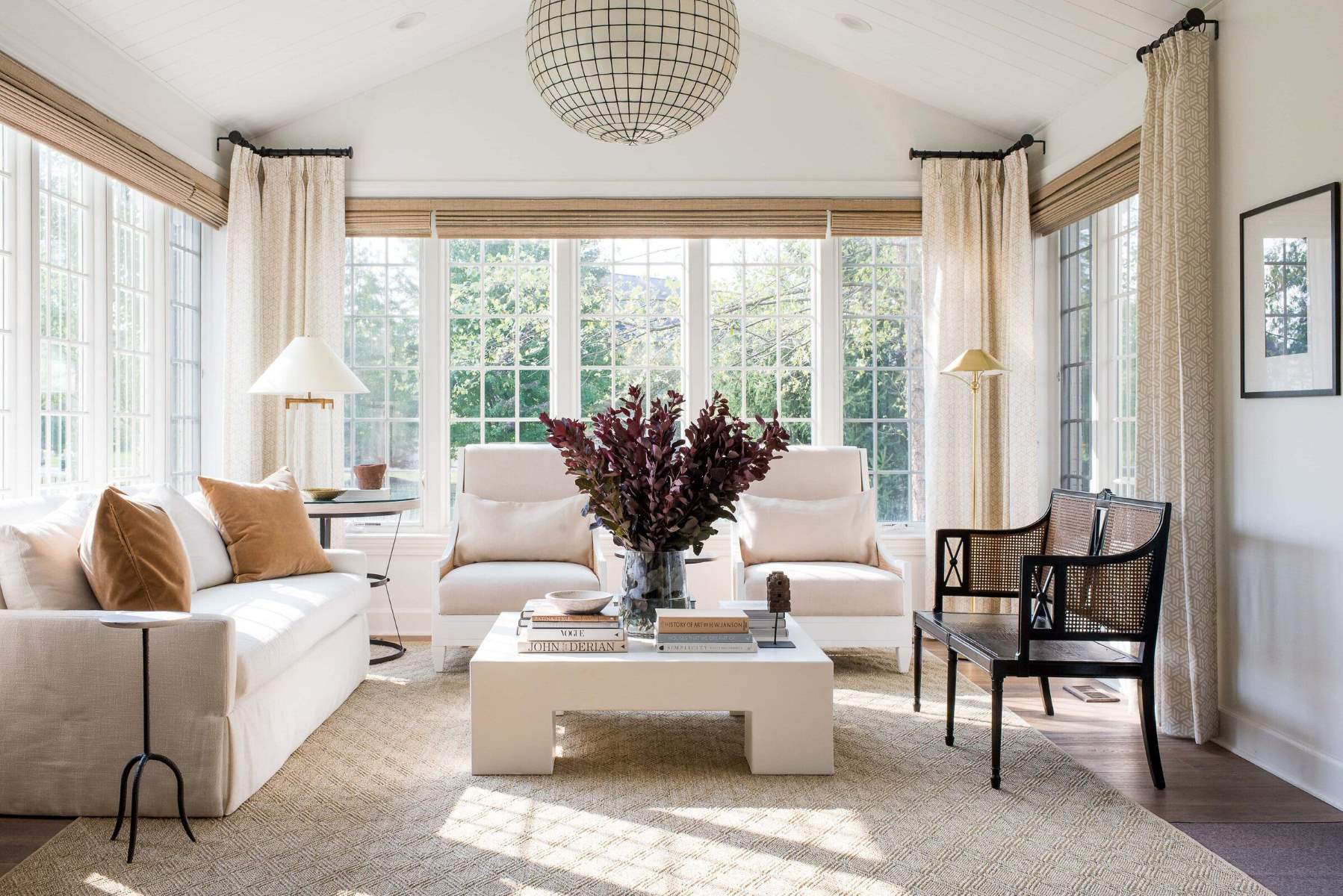
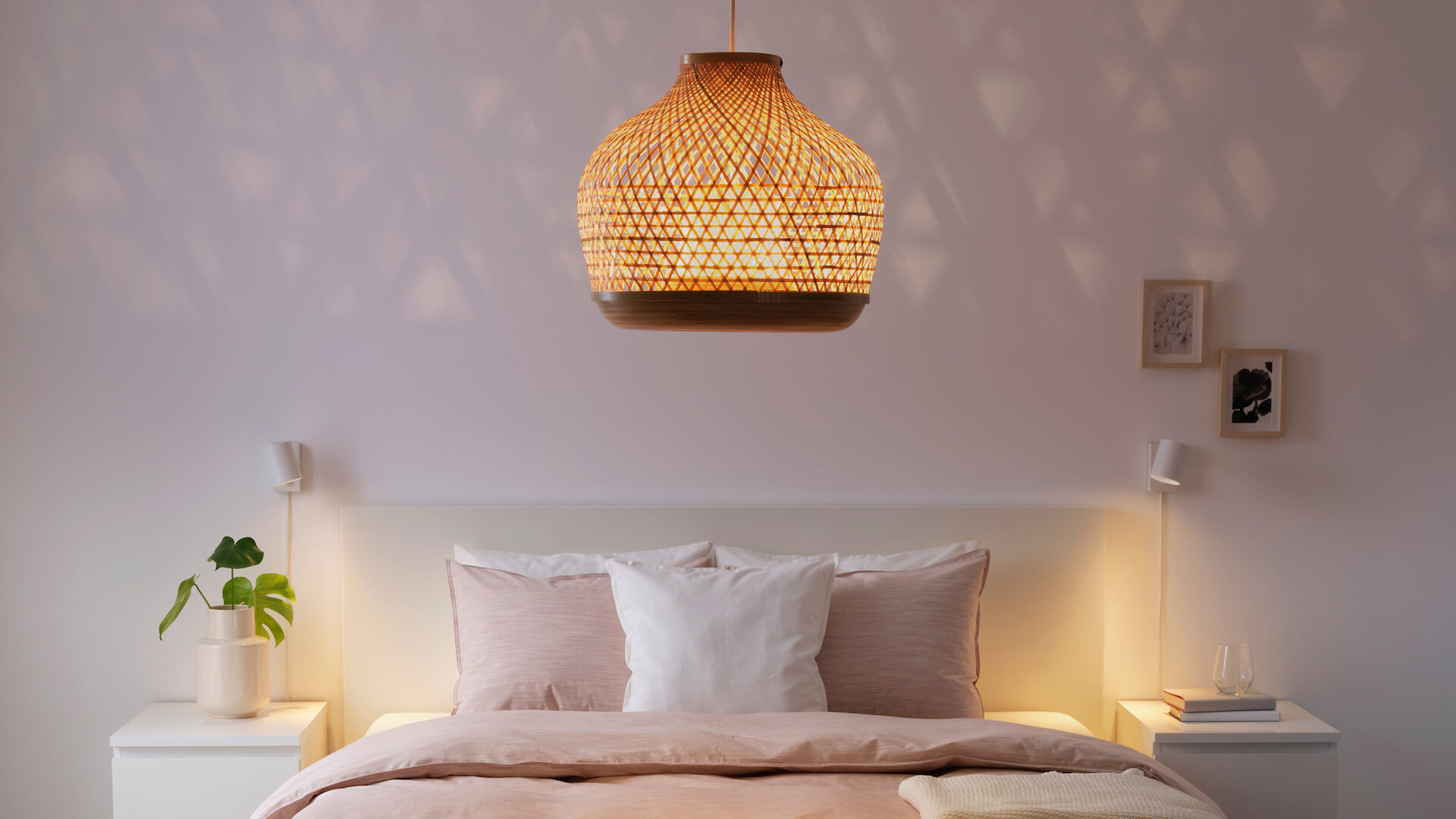

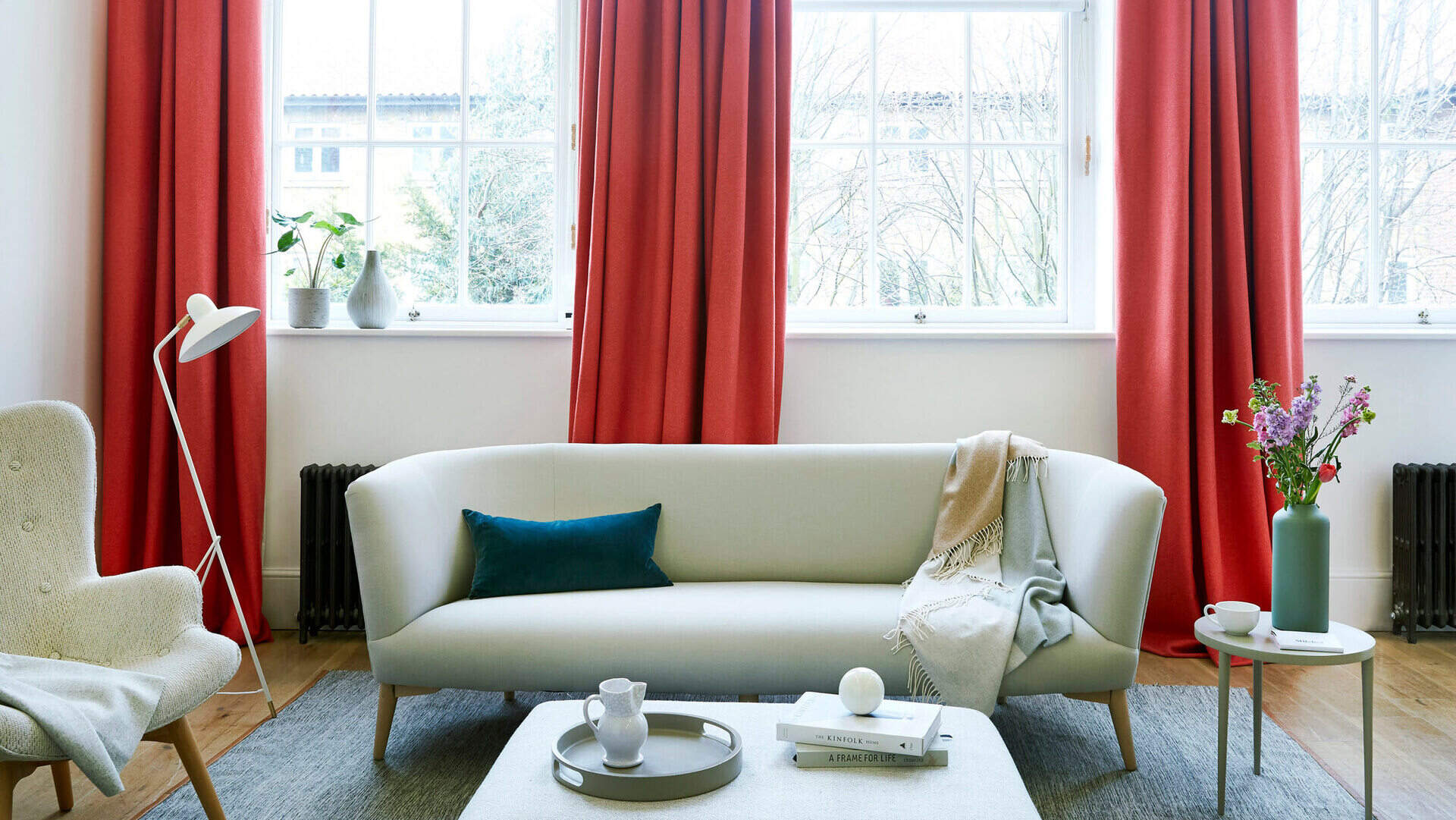
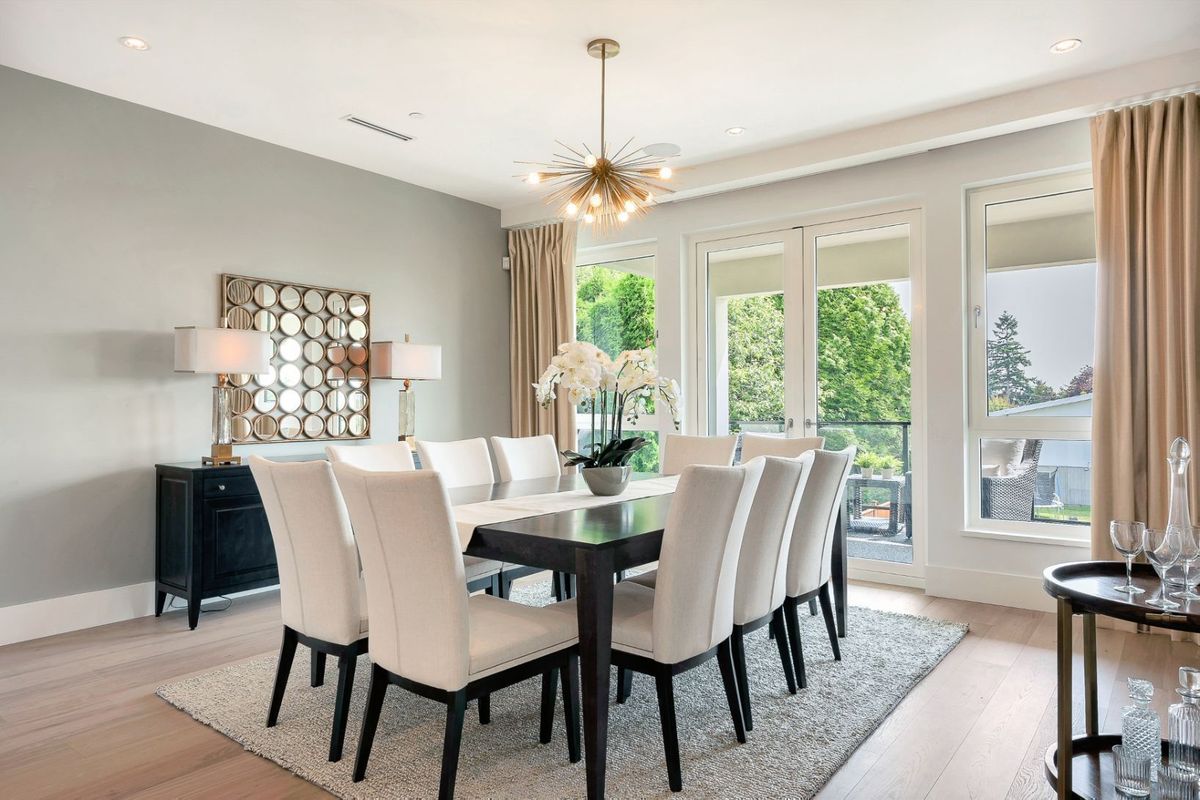
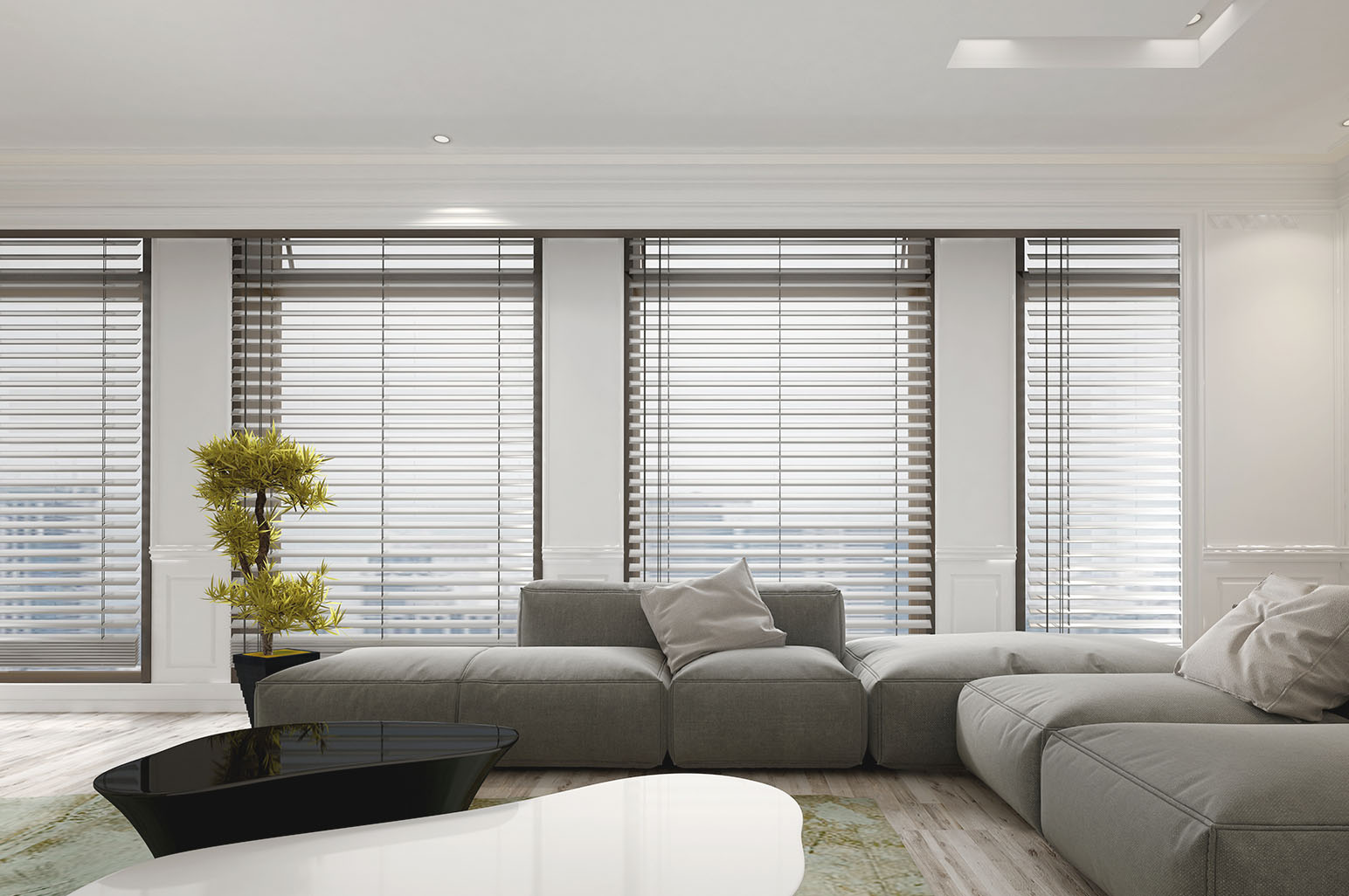

0 thoughts on “What Color Should I Paint My Bedroom If I Have Anxiety?”